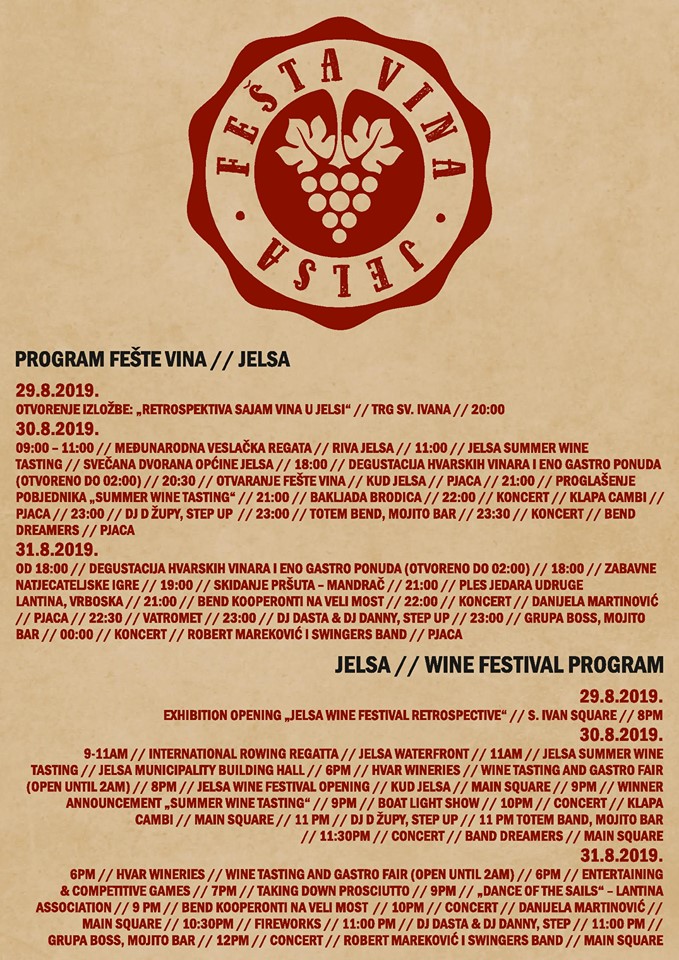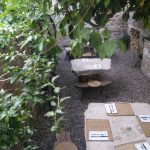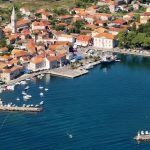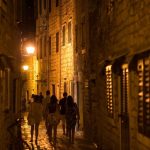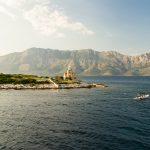August 31, 2019 – The biggest party in Jelsa awaits, as Festa Vina awaits in the Dalmatian wine capital. A look back at the fascinating history of this iconic Hvar wine festival.
Festa Vina in Jelsa (Jelsa Wine Festival) – a firm favourite of many along the Dalmatian coast, and a unique event whose history was only properly explained at a small but excellent open-air exhibition in picturesque St John’s Square on Thursday night.
How to explain Festa Vina? A weekend of family fun, where food, wine and song meet family entertainment – from donkey races, climbing the pole to touch the prsut and even tug o’war. A case of Blackpool on the Adriatic was one description which comes close.
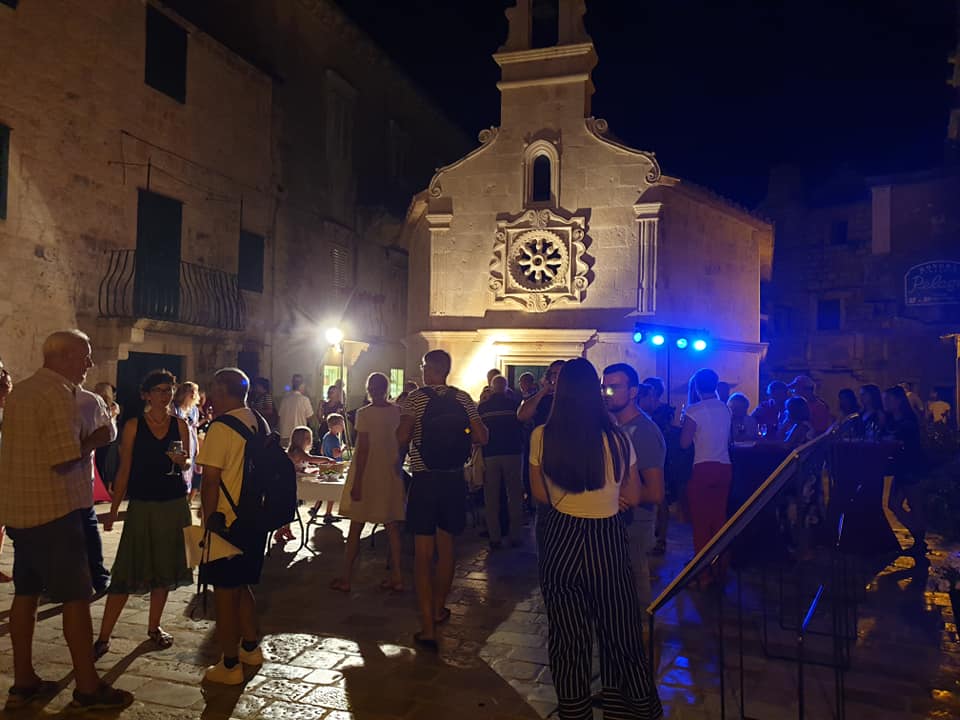
And yet for years Festa Vina has not really been associated with quality wine, which is somewhat ironic given that Jelsa has a proud wine tradition and today is home to a handful of the finest winemakers in Croatia. A chance to showcase the quality of the island’s quality wines seemed somehow to get lost in the general party atmosphere, and for many years, the emphasis of the festival seemed to be more on beer and food brought from the mainland than local products and quality Hvar wine. So much so in fact, that the Hvar Wine Association decided no to attend Festa Vina a few years ago.
All that has changed in the last 3-4 years, with a much more concerted effort to return the focus to wine, and to celebrate the island’s winemakers, who now occupy a prominent position on the waterfront with their wines available for tasting.
And to learn more about the origins of Festa Vina, the exhibition was full of surprises and great information. I should mention that some tourists complained to me that the exhibition was only in Croatian, which is true, although there is a very good English summary and timeline printout available – ask at the museum on Jelsa’s prettiest square.
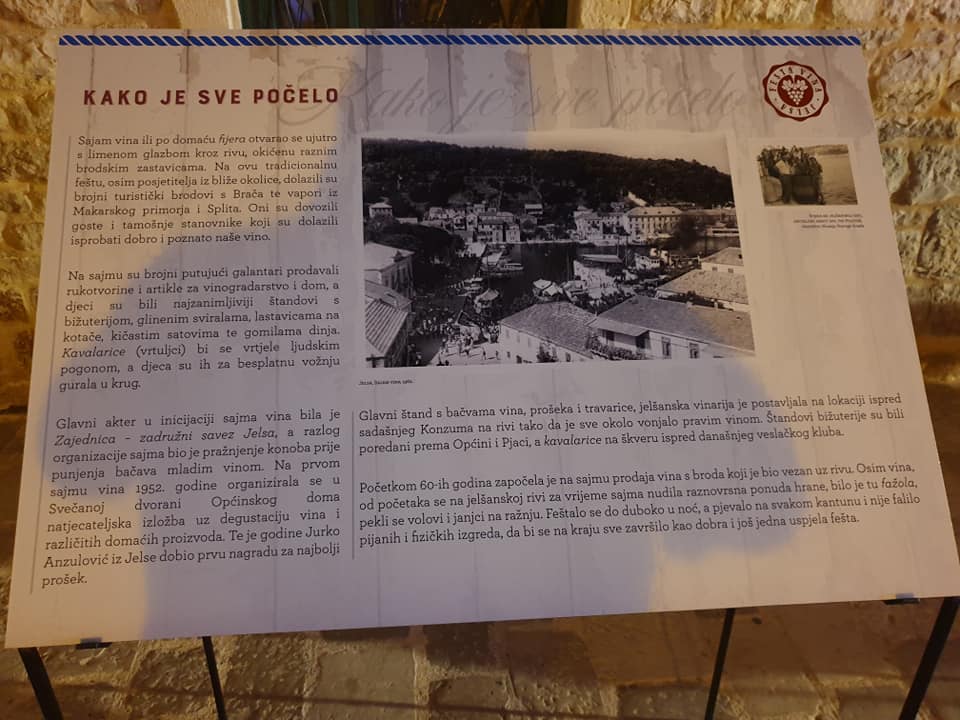
The first surprise was that the event dates back 67 years, all the way back to 1952. It was not a wine festival back then, but an agricultural fair, and it was conceived as a means to sell off all the old wines in the Jelsa cellars to make room for the new vintage. And it was certainly a huge success, with the statistics from 1957 reporting a staggering 60,000 litres of wine were sold, and “by the afternoon there was a shortage of cigarettes, bread, roasted meat, fruit and other supplies.”
Initially known as The Regional Community Festival, the early events included brass bands from Jelsa, Stari Grad and Kastel Sucurac, water polo and football tournaments, theatre companies, national folk dancing, and a full-blown agricultural fair. People came in their boats and trucks to celebrate and buy wine to take home. Others were transported in steam boats from Split and the Makarska Riviera, and there was also organised transport from inland Dalmatia.
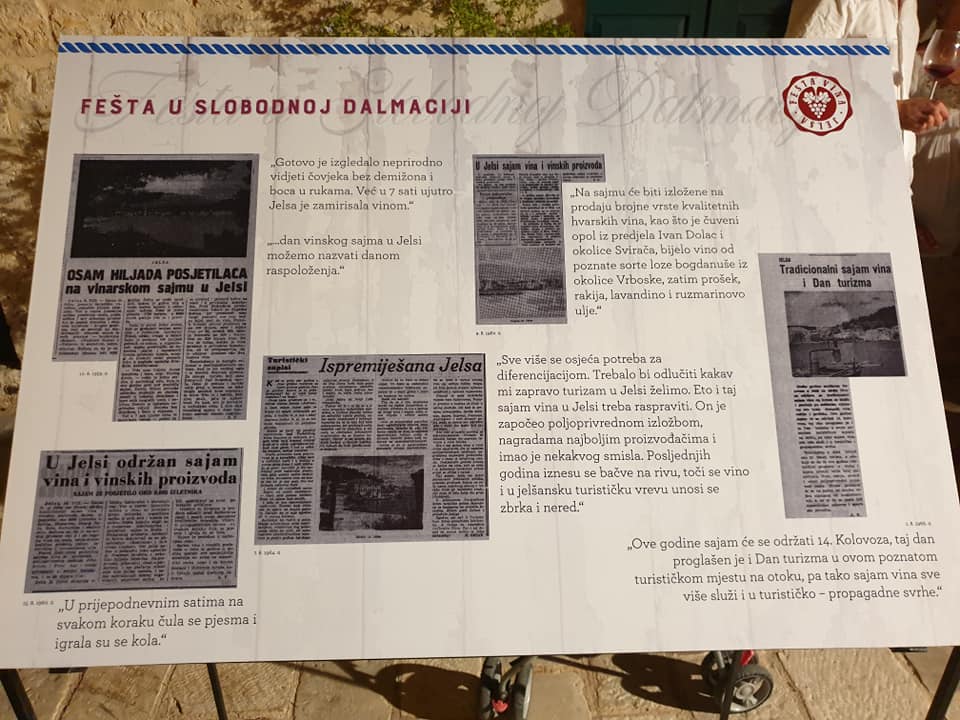
Business was certainly brisk, and the fair added to Jelsa’s credentials as a top wine destination, but with so much alcohol flowing, it was inevitable that drunkenness occurred, which overflowed into violence (this in an era when the drunken British tourist had yet to be invented…), and despite the economic success, the fair was discontinued in 1969 or 1970.
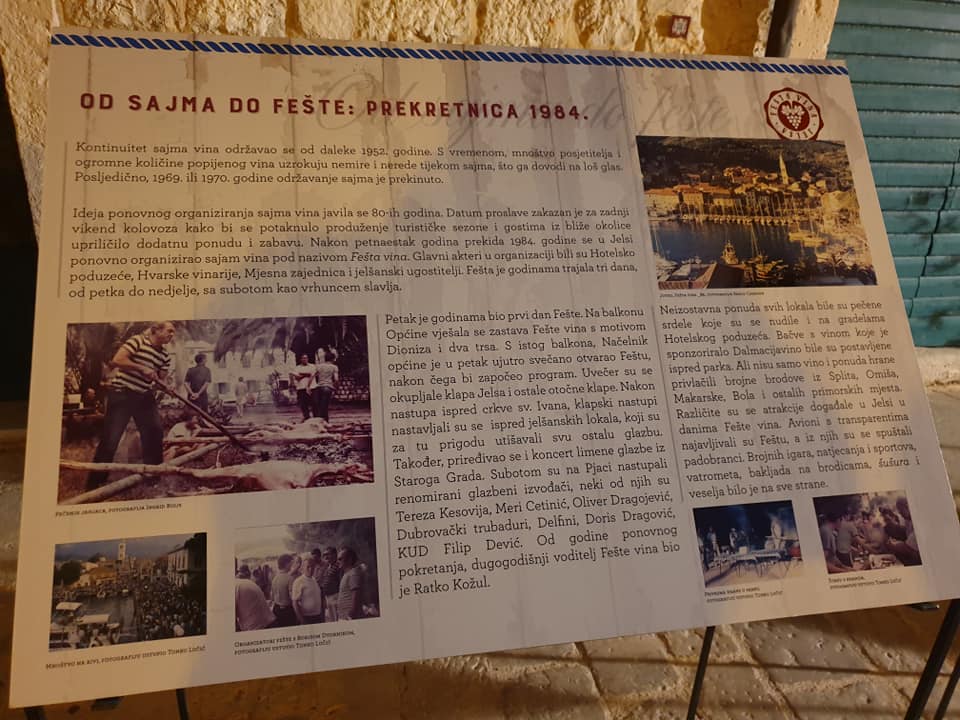
And that might have been the end of the story until it was decided to resurrect the event in 1984, but with a different focus – a wine festival. The main organisers were the hotel company, Hvar wineries, the local community council, and Jelsa’s restaurant and cafe owners. Festa Vina was timed to be the last weekend of August so as to prolong the season a little.
“Grilled sardines were an indispensable part of the menu offered by the restaurateurs. The wine company Dalmacijavino sponsored the wine barrels which were placed in front of the park. But it was not only the wine and food which attracted the many boatloads of people from Split, Omis, Makarska, Bol and other coastal towns. There were lots of different attractions happening in Jelsa during the Wine Festival. Aeroplanes towing banners used to advertise the festival, and parachutists would jump out of them. There were many games, competitions and sports, fireworks, flares on small boats – there was a buzz and enjoyment on every side.”
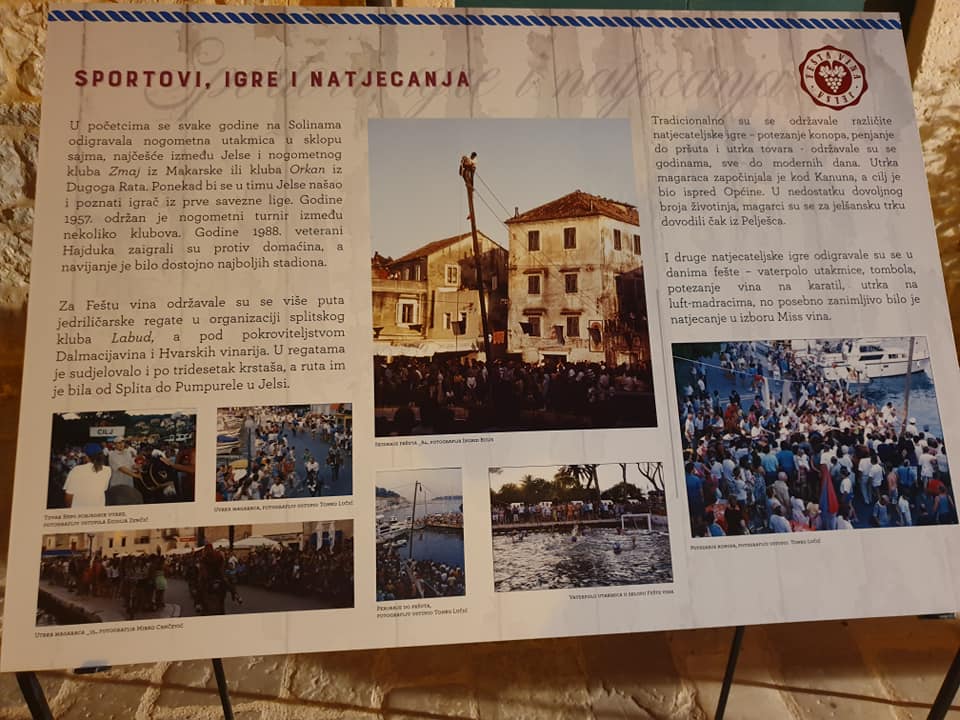
A few weeks ago, I published an article on how Jelsa could easily improve its tourism without spending much money. A key element of that strategy is developing a brand for the destination, which it currently does not have. As the most important wine town in Dalmatia, a slogan like Relaxed Family Lifestyle in the Dalmatian Wine Capital immediately gives Jelsa a focus and a personality. Events such as Festa Vina give content and history to that brand.
It is 77 years since it started, and Festa Vina has undergone several changes in that time. The current trend – to focus more on the quality wine aspect – is the best approach in my opinion. The big party is tonight – see the programme below.
See you there?
If you are looking to learn more about the Dalmatian wine capital, check out 25 things to know about Jelsa.
